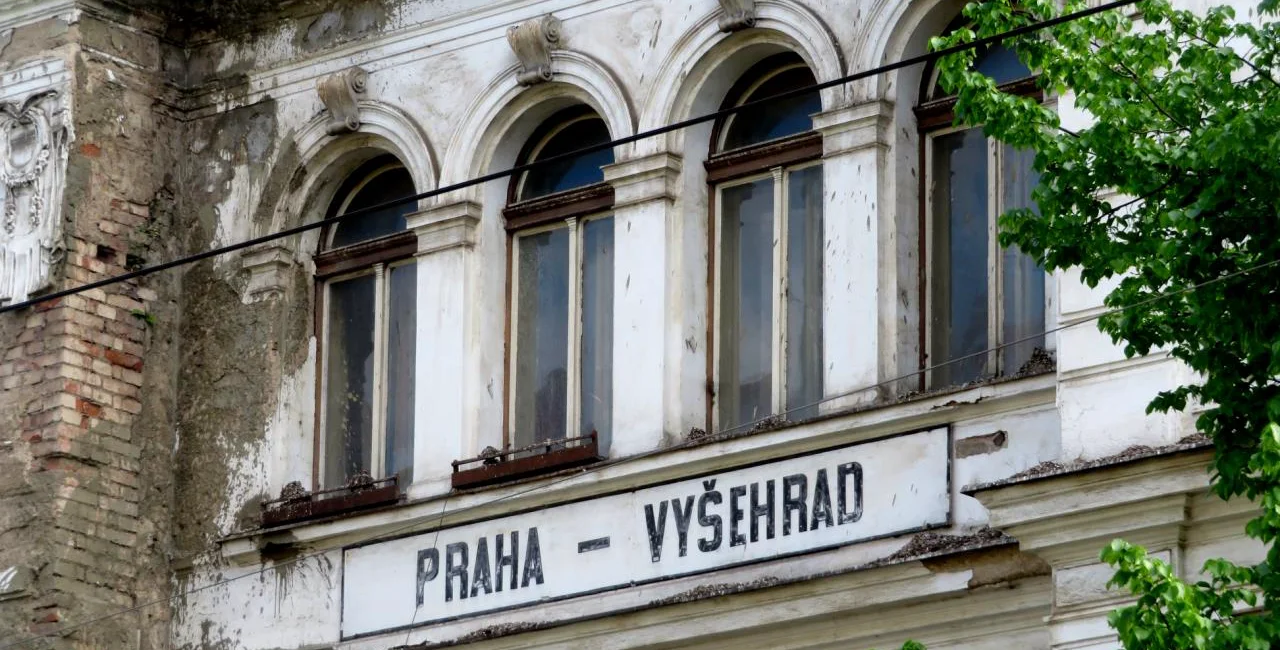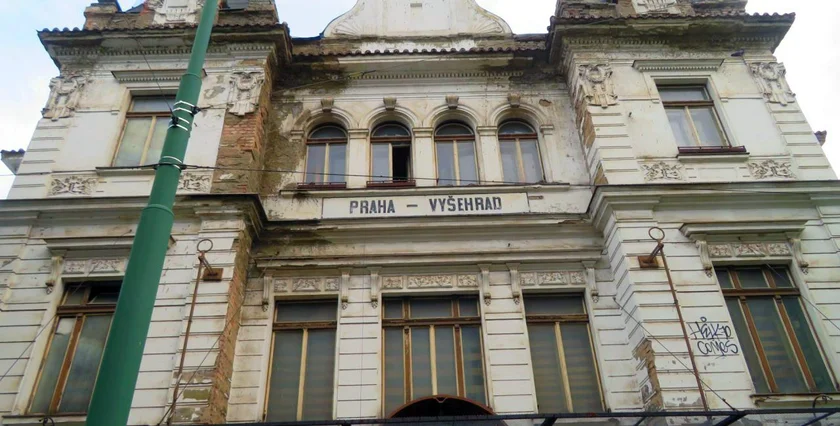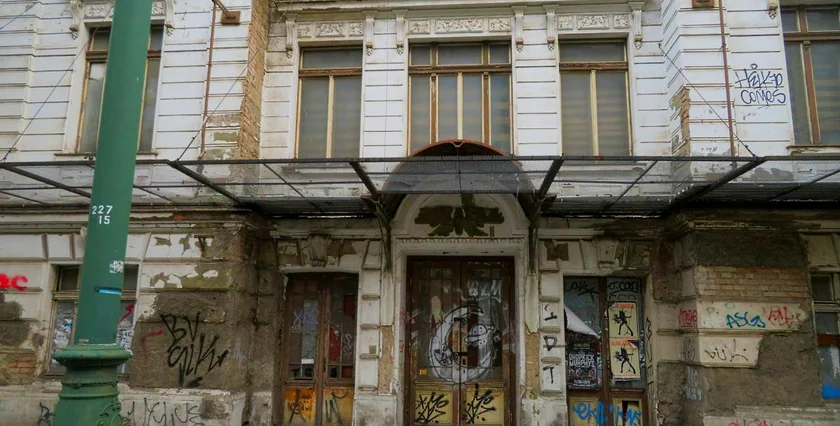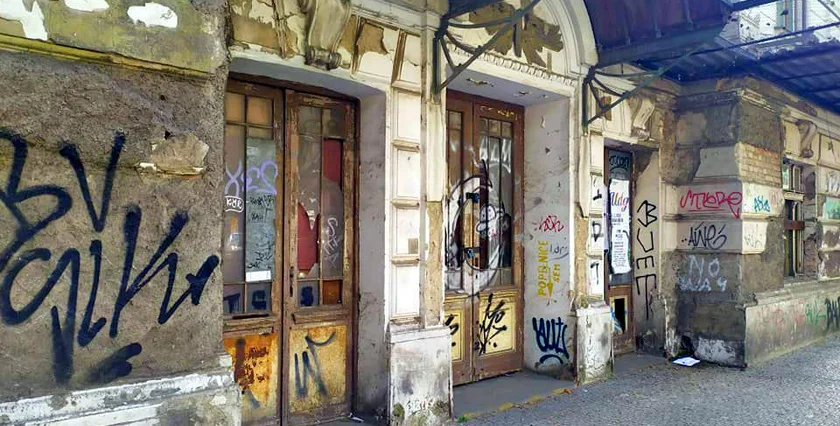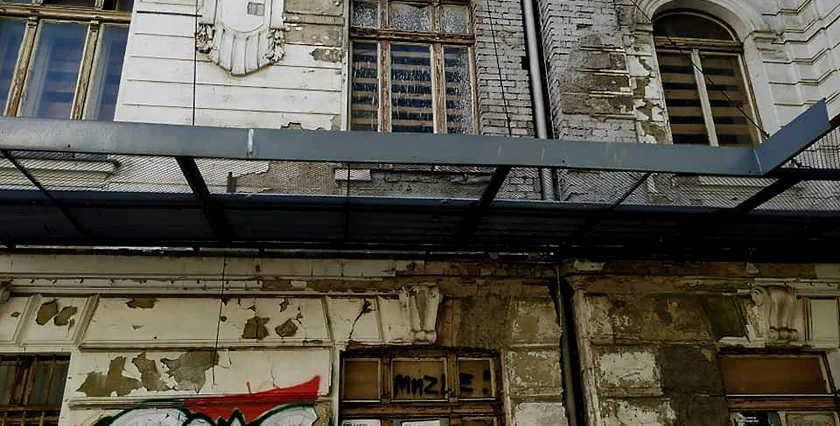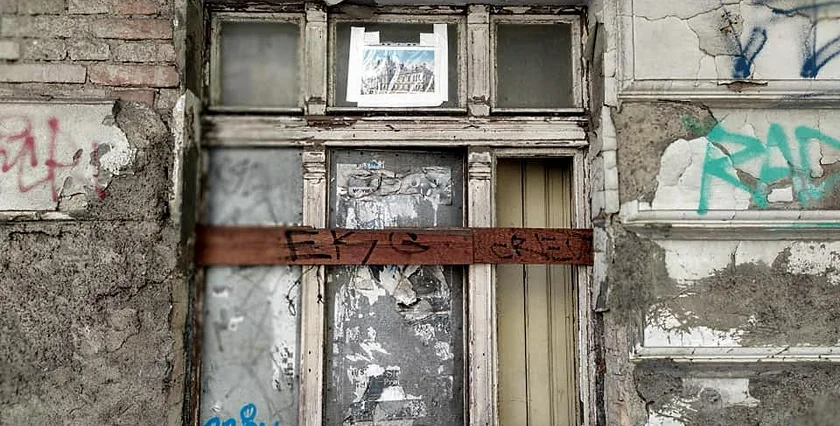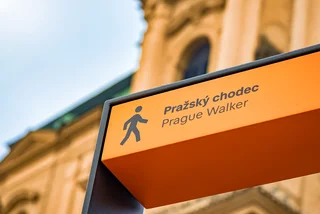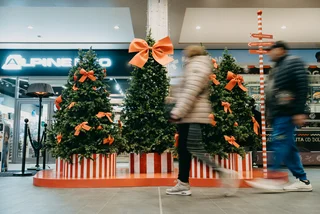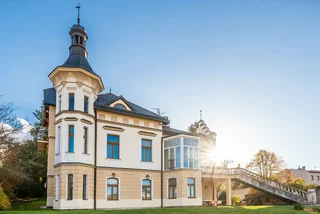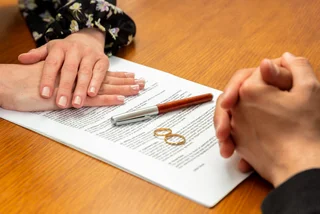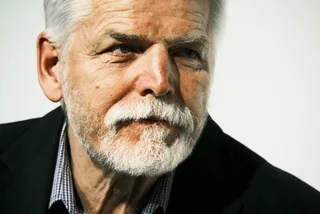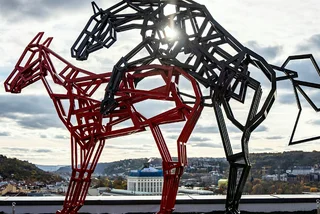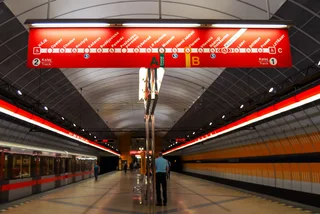Prague's Vyšehrad railway station is in desperate need of repairs, but the owner of the Art Nouveau protected monument has not responded to the city’s requests. As a result, the Prague 2 district will likely make the repairs and bill the owner. If they refuse to pay, the city may try to expropriate the building, though that process is difficult.
Prague City Councilor Jan Chabr (United Force for Prague), responsible for property, said that roof of Praha-Vyšehrad nádraží is sagging, which poses a serious structural problem.
The Prague 2 administration will probably repair the roof now with the financial support of the municipality and then will try to recover the costs from the owner, a private company called RailCity Vyšehrad.
Since the station is listed as cultural heritage, the law allows the city to repair it at the owner’s expense if the owner does not respond to demands. Chabr says conservationists are examining the building, and the owner will again be notified of the situation and the required repairs.
“If the situation does not improve, [City Hall] and the Prague 2 district, which is locally and materially competent, will proceed to take all possible steps to save the station building from collapse, that is implementatiing basic static work by the city,” Chabr said, according to the Czech News Agency (ČTK).
Gallery: Vyšehrad railway station
The city has been attempting to buy back the property since 2018, but after initial negotiations failed the owner has been refusing to communicate with the city.
The owner demanded either too high a price or wanted to exchange the station for another piece of land that the city already has plans for. Previous reports said the owner asked 117 million CZK for the building, but the city offered 67 million CZK based on an expert appraisal.
The Monument Act allows for expropriation of a protected building, but only under relatively strict conditions. Prague Deputy Mayor Petr Hlaváček (United Force for Prague) said that if no agreement was reached, the municipality would be ready to explore that option.
"We will proceed according to the Law on Monument Care, where the first step is an attempt at repurchasing, and if that fails, we will initiate expropriation proceedings,” Hlaváček said.
Chabr said this would be the first attempt at expropriation under the Monument Act. “I hope that it doesn’t extend into the horizon of years, which will logically worsen the condition of the building before a final decision is made. And given the condition of the building, it is necessary to act immediately,” he said.
The station at Svobodova 86/2 was built in 1872 and closed in 1960. It has been listed as cultural heritage since 2001, and was sold by Czech Railways (ČD) to private company RailCity Vyšehrad in 2007. They buyer never announced their intentions for the building.
The owners demolished a culturally protected waiting room, and were fined 100,000 CZK in 2008. They were also accused of cutting down trees and shrubbery without authorization. After that, no more work was done by the owner, and the station has been deteriorating ever since.
The railway station is one of seven places under consideration as a possible home for Alfons Mucha’s painting cycle The Slav Epic. The building, though, would have to return to city hands and be fully restored with climate control to protect the 20 large paintings. It would be a fitting location for the paintings, as they are also in the Art Nouveau style and come from the same are as when the station was built.
In any event, the station cannot be returned to its original function since modern standards do not allow stations at a bend in the tracks. The city is planning a new train stop on Výtoň instead.












 Reading time: 3 minutes
Reading time: 3 minutes 